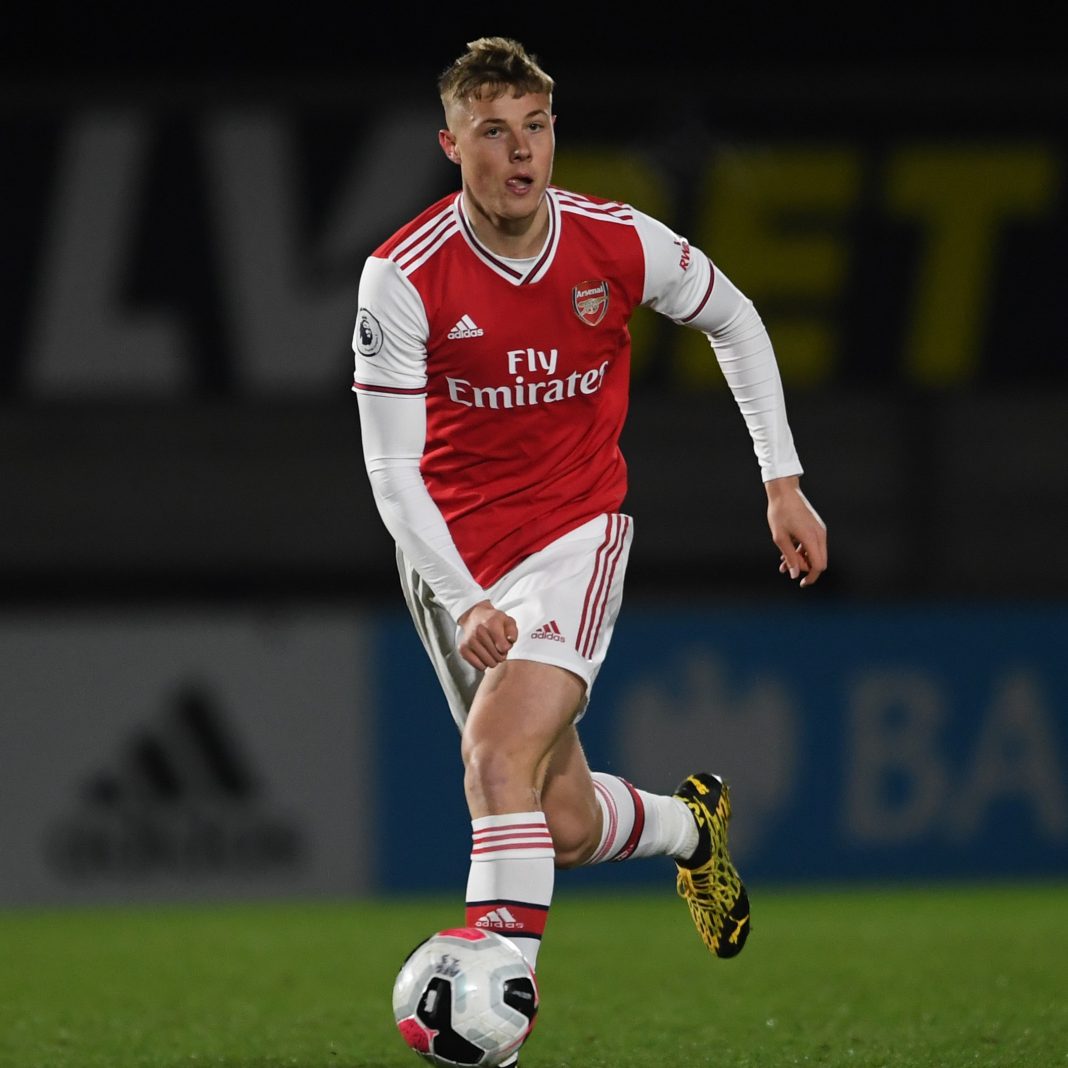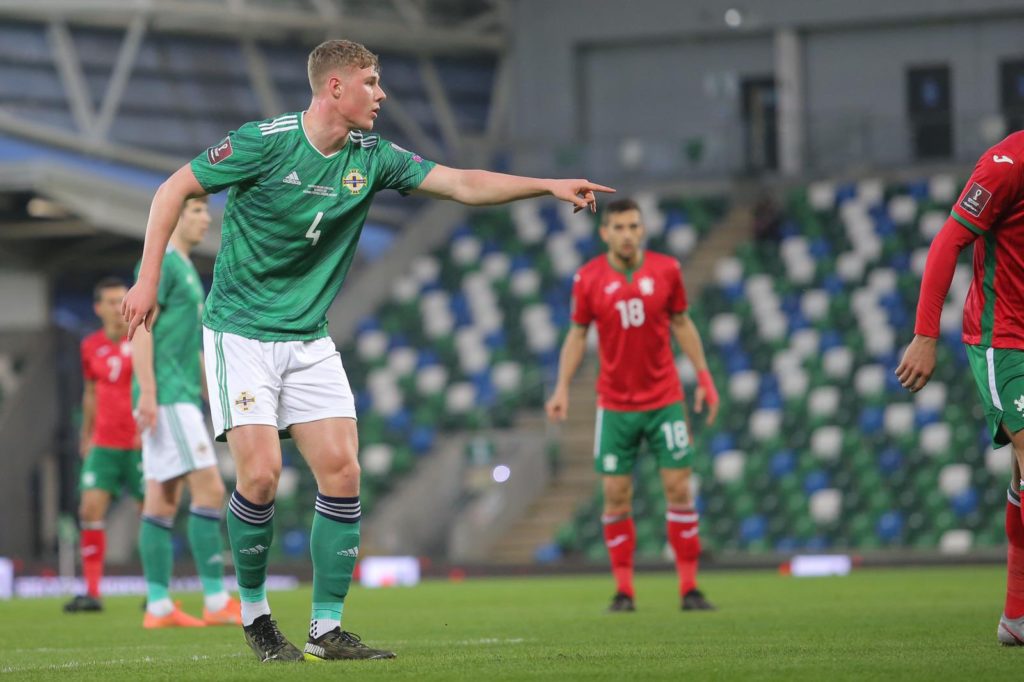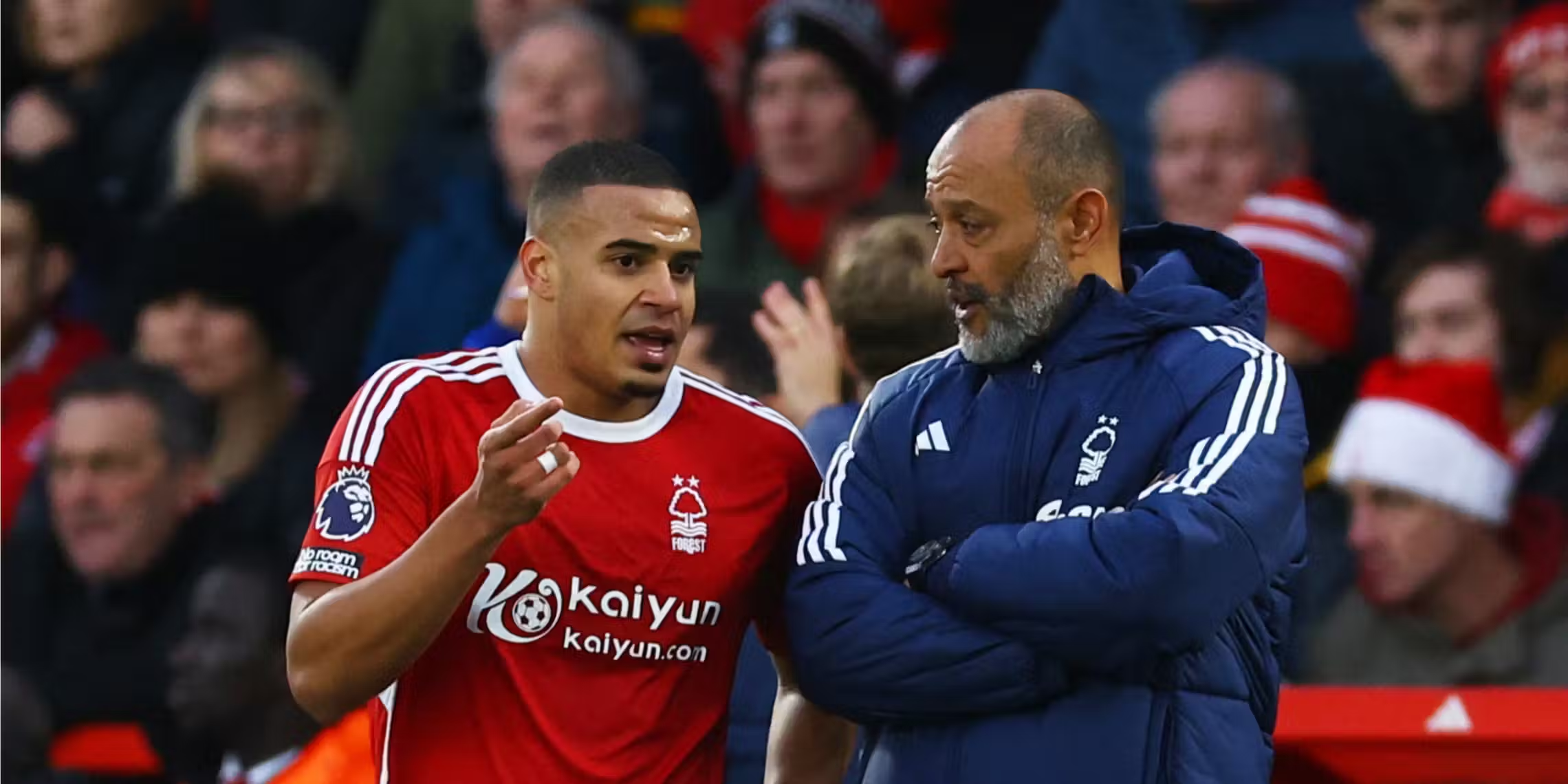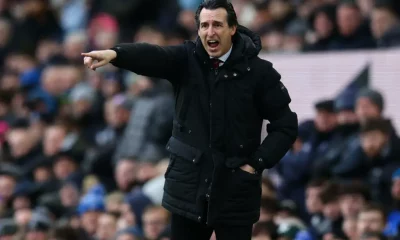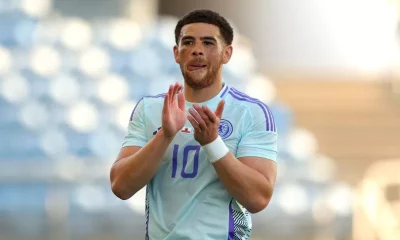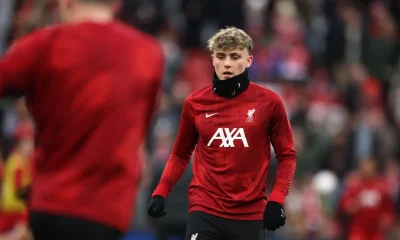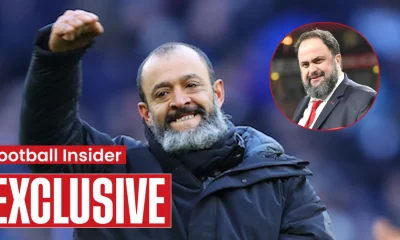Everton FC
Arsenal set to profit from sell-on clause as Everton eye deal
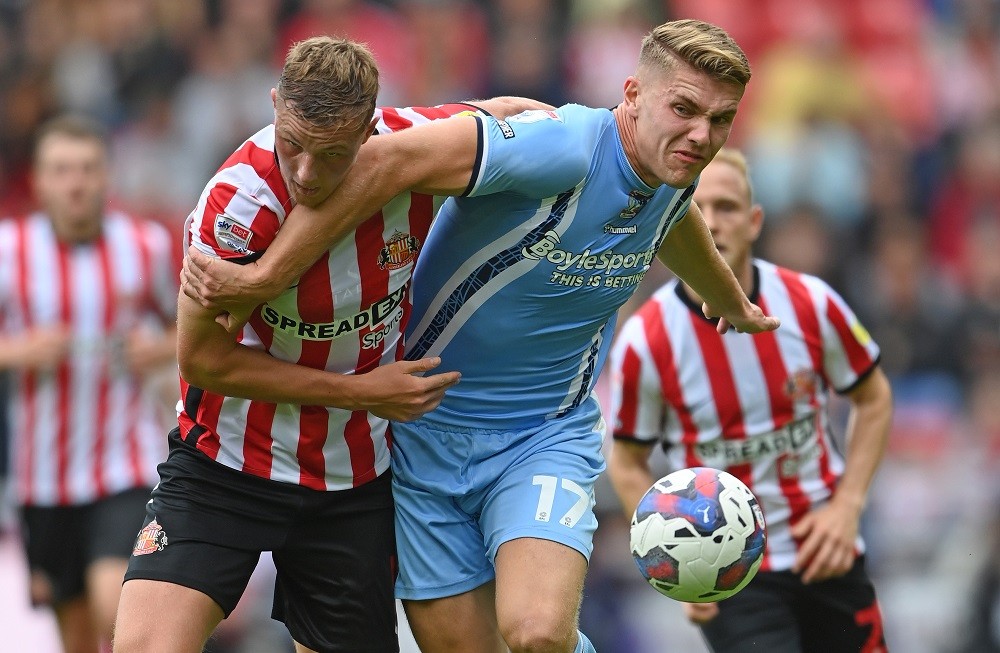
Arsenal could be set to profit from a sell-on clause in Daniel Ballard’s contract, with Everton showing an interest in the Sunderland defender.
FootballTransfers reports that Everton have a concrete interest in signing Sunderland’s Daniel Ballard in the summer as a replacement for Jarrad Branthwaite
Everton are reportedly watching Ballard very closely, with Sunderland expected to demand around £20m for the former Arsenal defender.
That would be good news for the Gunners, with Arsenal in line to profit from a potential transfer.
According to Football.London, the Gunners negotiated a ‘significant’ sell-on clause into Ballard’s transfer in 2022.
Latest Arsenal injury updates and news
Though there was no official word on the exact percentage Arsenal had managed to negotiate, you’d expect to get further details on that if and when Ballard’s sale materialises.
Arsenal only brought in £2m for Ballard’s initial transfer, but it looks like they could be set to add to that total in the coming transfer windows.
MORE STORIES
Dyche must axe Gueye after what happened
Nottingham Forest should land ‘transfer ban’ after new FFP ‘outcry’ – ex-Premier League CEO
Nuno confirms injury blow for 24-year-old Nottingham Forest player
Gueye and Dobbin injury updates emerge after Brighton
Agent suggests he’ll look to block £17m Newcastle or Nottingham Forest transfer
Pau Torres injury: Unai Emery issues update after Villa beat Forest
Ballard has made 33 appearances for Sunderland in the Championship this season, on top of his 21 international appearances for Northern Ireland.
The centre-back is a regular for his country, most recently starting in a European Championship qualifier against Finland in November.
Understanding sell-on clauses in Premier League football
A sell-on clause is a common contractual agreement inserted into a player’s transfer agreement between two clubs.
Its basic function is to ensure that the selling club receives a portion of any future transfer fee if the player moves on to another team.
How it works:
Negotiation: The selling club and buying club negotiate a percentage figure for the sell-on clause during the initial transfer.
This percentage usually ranges from 5% to 20% of the future transfer fee.
Triggered clause: If the player is then sold to a third club, the previous selling club becomes entitled to the agreed percentage of the new transfer fee.
Example: If Club A sells a player to Club B for £20 million with a 10% sell-on clause, and Club B later sells that same player to Club C for £30 million, Club A would receive £3 million (10% of £30 million).
Why use sell-on clauses?
Smaller clubs: Sell-on clauses offer protection and potential financial benefits for smaller clubs selling promising young players to bigger clubs.
They guarantee a future share in a player’s success if they develop and are sold for a significant profit.
- Financial safety: Sell-on clauses can provide some financial security to selling clubs, allowing them to recoup more of their initial investment and reinvest those funds back into the club.
- Negotiation leverage: Sell-on clauses can sometimes serve as negotiation leverage. A selling club might agree to a lower initial transfer fee in exchange for a higher sell-on percentage.
Important note: While sell-on clauses are common, they are becoming less prevalent due to recent FIFA regulations aimed at curbing third-party ownership (TPO) of players.
For More Stories Like This, Check Our Sport Page.
-
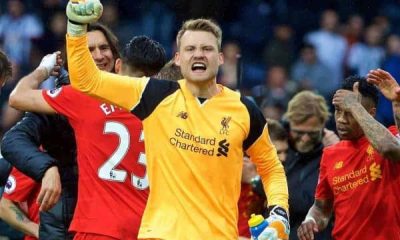
 Club Brugge1 month ago
Club Brugge1 month agoEx-Liverpool goalkeeper just won 4th title in 5 years since £8.3m exit
-
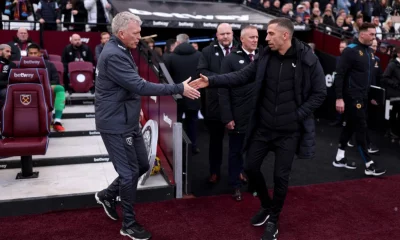
 Wolverhampton wanders6 months ago
Wolverhampton wanders6 months agoWolves agree transfer deal and it’s great news for West Ham over striker hopes
-

 Wolverhampton wanders6 months ago
Wolverhampton wanders6 months agoMassive clubs now want Wolves outcast who’s barely featured under O’Neil
-

 Celtic6 months ago
Celtic6 months agoCeltic now make approach to sign Scott McKenna
-
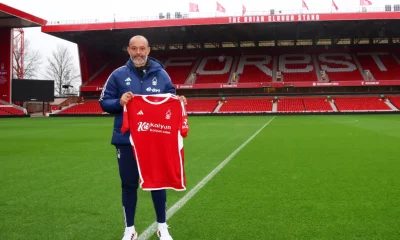
 Nottingham forest6 months ago
Nottingham forest6 months agoNuno did something at Wolves which Nottingham Forest fans really won’t like if it continues
-

 New Zealand warriors2 months ago
New Zealand warriors2 months agoEx-Warriors and Storm prop released by overseas club
-
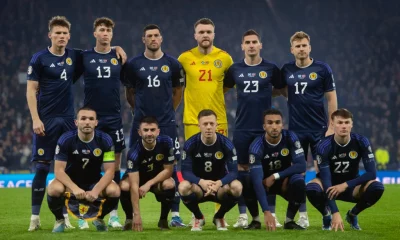
 Celtic6 months ago
Celtic6 months agoCeltic and Rangers both want to sign £3m Scotland international
-
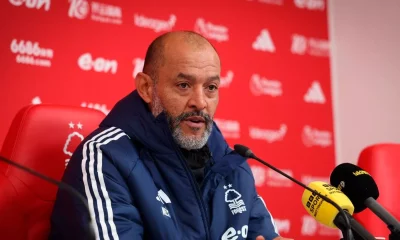
 Nottingham forest6 months ago
Nottingham forest6 months agoNew boss Nuno sends pointed Nottingham Forest transfer message as he eyes Wolves repeat

